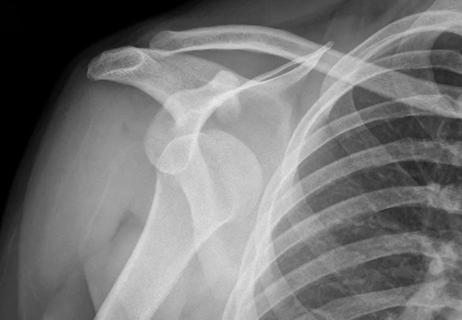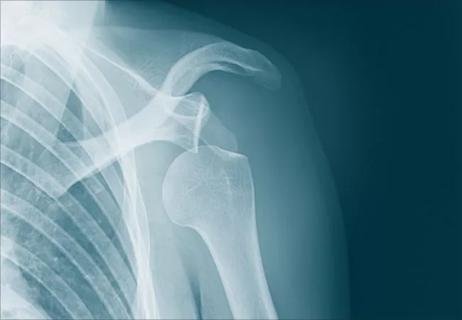How to tell the difference

An aching shoulder may not signal a shoulder problem. And a sore neck may not indicate a neck problem.
Advertisement
Cleveland Clinic is a non-profit academic medical center. Advertising on our site helps support our mission. We do not endorse non-Cleveland Clinic products or services. Policy
“People may come in with shoulder pain when they really have a neck problem,” says orthopaedic surgeon Eric Ricchetti, MD. Conversely, neck pain can mask a shoulder problem.
Here’s how to tell the difference and possible treatment options for a sore neck or a painful shoulder.
“The way the body reports pain is somewhat unreliable,” explains Dr. Ricchetti. “Neck and shoulder pain so commonly overlap that some refer to it as ‘shneck’ pain.”
Why? Because the neck and shoulder are intimately connected by multiple nerve pathways. When injury occurs, the brain can’t always trace pain pathways back to their source, and what we feel may not be what is really going on. “This is known as ‘referred pain,’” says Dr. Ricchetti.
Shoulder pain is most often caused by an injury to the rotator cuff, a group of tendons and muscles that stabilize the joint. The rotator cuff develops wear and tear with age, and can be easily injured. When this happens, we compensate by using different muscles to pick things up or reach for them. “This may cause both shoulder and neck pain,” says Dr. Ricchetti. You may have a rotator cuff injury or other shoulder problem if pain:
Advertisement
Inflammation of any of the 14 nerves or eight pairs of joints in the neck can cause neck pain. The joints — or vertebrae — serve as a hinge that lets us nod or shake our heads during conversation (no wonder they wear out). In fact, up to 70% of 65-year-olds may have symptomatic arthritis in one or more neck joints.
“Because pain in one area can so often be confused with another, a thorough exam must be done, including range of motion, strength testing and provocative neck and shoulder maneuvers,” says Dr. Ricchetti. You may have arthritis or nerve-related neck pain if pain:
It’s important to see a specialist to get a thorough physical examination of your neck and shoulder. To help with diagnosis, they may inject lidocaine (a local anesthetic) into the shoulder, or the joints or nerves of the neck. “This diagnostic test helps guide treatment — if it relieves pain, it demonstrates where the problems are,” explains Dr. Ricchetti. Whether the problem lies in your neck or your shoulder, conservative measures are usually tried first.
If these measures fail to bring relief, you may need an MRI of your shoulder. If that shows a torn rotator cuff, then shoulder surgery may be necessary, says Dr. Ricchetti. If the physical exam and imaging indicate arthritis or a nerve-related pain in your neck, he recommends referral to a spine specialist. Spine specialists will conduct a thorough neurological examination, and do imaging and other tests. They will also begin with conservative care.
Whether you have chronic pain in your shoulder, your neck or both, don’t wait to see an expert. “Having a neck or shoulder specialist evaluate your complaints will determine where the main problem is and will get you started on the correct treatment,” says Dr. Ricchetti.
Advertisement
Learn more about our editorial process.
Advertisement

Don’t ignore obvious warning signs of more serious shoulder issues

Here's how to loosen up those tight shoulder muscles

Stretching and eliminating stresses on the joint is key to stopping the pain

Sometimes, it does require surgery

The short answer from an orthopaedic surgeon

This chronic condition most commonly causes pelvic pain and severe cramping during periods, but it can bring other types of pain symptoms, too

Looking down at your smartphone or computer screen can stress muscles in your neck, shoulders and back

Leg-related symptoms indicate DVT, while chest symptoms point to a pulmonary embolism

Start having sex about 72 hours before ovulation, then at least every other day during your fertile window

Attachment theory suggests that your earliest relationships shape connections throughout your life

It isn’t a recognized mental health disorder, but research shows that problematic social media use can negatively affect your mental health, self-esteem and sleep